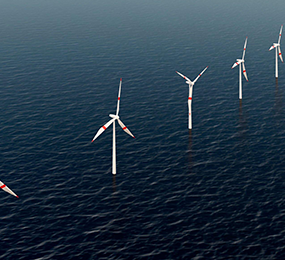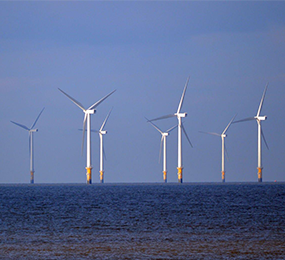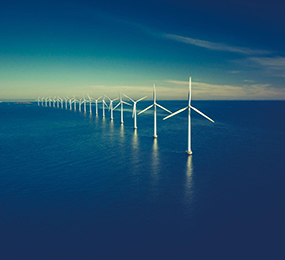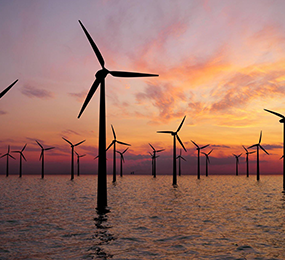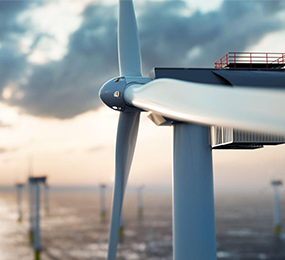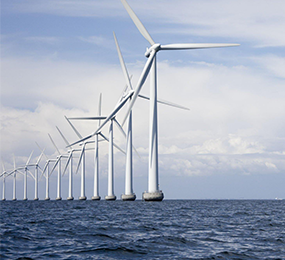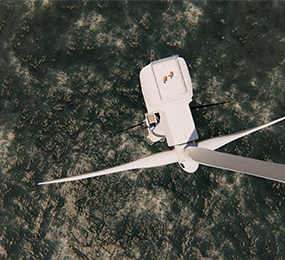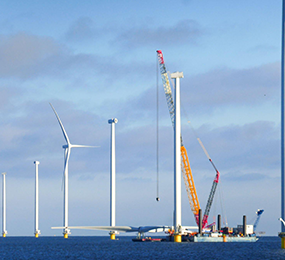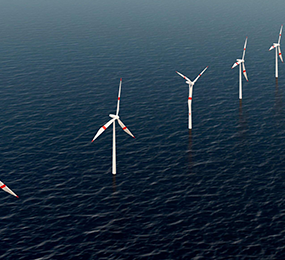Floating Wind Energy in Harsh Environments: Arctic and Deep Sea Challenges
Floating wind energy has the potential to revolutionize renewable power generation, especially in regions with harsh environments like the Arctic and deep seas. These areas present unique challenges and opportunities:
Challenges:
1. Extreme Weather: Harsh environments bring severe weather conditions, including high winds, low temperatures, and rough seas. Floating wind platforms must be robust enough to withstand these forces.
2. Icing: In the Arctic, ice formation on turbine blades and structures can reduce efficiency. Specialized anti-icing technologies are necessary.
3. Maintenance: Accessing and maintaining turbines in remote, icy waters is challenging and costly. Advanced robotics and autonomous systems can help.
Opportunities:
1. Abundant Wind Resources: The Arctic and deep seas offer some of the most consistent and powerful wind resources on the planet.
2. Energy Independence: Local communities can benefit from a stable, locally-sourced energy supply, reducing dependence on fossil fuels.
3. Global Energy: Deep-sea and Arctic wind farms can export excess energy to distant regions via submarine cables, supporting transcontinental energy exchange.
Floating wind in harsh environments represents both a technological and environmental frontier. Overcoming these challenges while harnessing the energy potential can lead to sustainable, clean energy solutions for these remote and demanding regions.
Visit our website to know more: https://www.leadventgrp.com/events/4th-annual-floating-wind-europe/details
For more information and group participation, contact us: [email protected]
Leadvent Group - Industry Leading Events for Business Leaders!
www.leadventgrp.com| [email protected]


